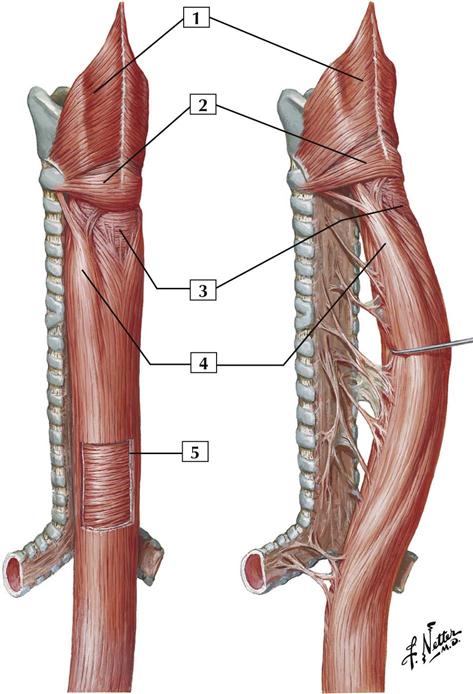

Regardless, variations of the pharyngeal distribution of CN IX in humans appears to be extremely rare.ĭuring dissection of the skull base exposing the jugular foramen and exit of CN IX–XII a peculiar innervation of the pharyngeal wall was discovered. However, our research indicates this middle laryngeal nerve was identified in rabbits and/or dogs but not humans. Also, the pharyngeal plexus may issue a middle laryngeal nerve that supplies the cricothyroid muscle, pierces the cricothyroid membrane and supplies the mucosa of the lower aspect of the larynx. Specifically, CN IX may provide an additional contribution to the superior laryngeal nerve from CN X. While there are a number of reported variants involving branches of CN IX, there are only few reports of variants involving pharyngeal or motor branches. Additionally, the pharyngeal plexus provides autonomic innervation to the mucosa of the pharynx and esophagus. This plexus courses along the posterior aspect of the pharynx and innervates all muscles of the pharynx and soft palate except the stylopharyngeus and tensor veli palatini muscles. The pharyngeal branch from CN X is joined by branches from the sympathetic chain and a pharyngeal branch from CN IX–together, this network forms the pharyngeal plexus. The pharyngeal branch from CN X emerges from the nodose (inferior) ganglion of CN X and lies on the posterior (external) aspect of the middle pharyngeal constrictor muscle. The terminal, lingual branch that provides sensory innervation to the posterior one-third of the tongue. Besides these smaller communicating branches, CN IX has six main branches : Axons reaching the rostral SN convey gustatory sense from the posterior one-third of the tongue those reaching more caudal SN relay visceral sensory information from the pharynx, middle ear, oral cavity and carotid sinus/body.ĬN IX sends thin communicating branches to the superior cervical ganglion, the facial nerve and a branch that joins the auricular branch of the vagus nerve (CN X)-this combined auricular branch traverses the mastoid canaliculus and provides cutaneous sensory innervation to a small region of the external ear. Axons reaching the STN convey pain and thermal sense from the external ear.

These primary sensory neurons project to the spinal trigeminal nucleus (STN) or solitary nuclei (SN). Together, these sensory ganglia include pseudounipolar cell bodies that provide general somatic, visceral and special visceral innervation across the territory of CN IX. There are two sensory ganglia associated with CN IX: the superior and inferior (petrosal). The ISN provides preganglionic parasympathetic innervation to scattered ganglion cells in the tympanic cavity and otic ganglion. The NA includes lower motor neurons that provide innervation to the stylopharyngeus muscle. CN IX provides innervation to the external ear, parotid gland, mucosa of the tympanic cavity and mastoid sinuses, tongue, oropharynx, and carotid body/sinus.Įfferent axons in CN IX are derived from the nucleus ambiguous (NA) and the inferior salivatory nucleus (ISN). The glossopharyngeal nerve (CN IX), includes both sensory and motor axons and emerges from the rostral medulla as several rootlets along the postolivary fissure, between the facial and vagus nerves.


 0 kommentar(er)
0 kommentar(er)
